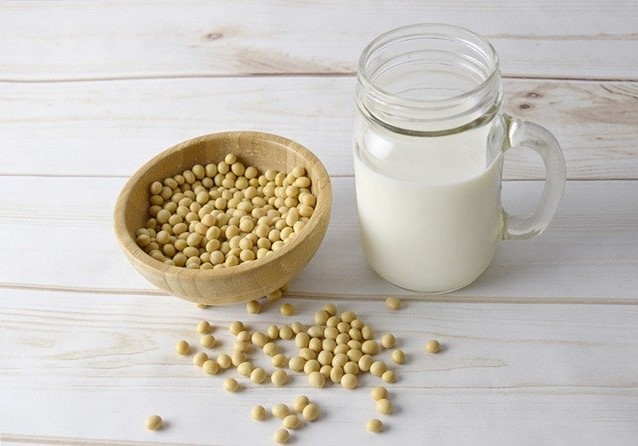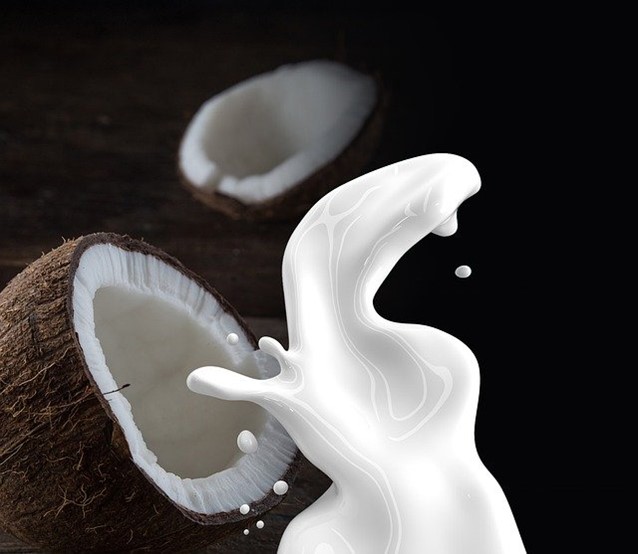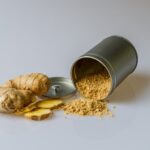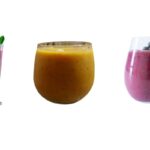There has been a shift to drink more plant-based milk over traditional dairy milk due to lactose intolerance which is prevalent in 65-70% of the world population. There are several types of plant-based milk which include soy, almond, hemp, coconut, rice, oat, cashew and pea. The pros and cons of these milks will be discussed.

SOY MILK
PROS: An excellent non-dairy alternative which is high in protein as compared to regular cow’s or goat’s milk. It is low in saturated fat.
CON: Soy is a common allergen. Some people are soy intolerant or soy sensitive which can cause bloating, abdominal pain, headache or skin reactions.
ALMOND MILK
PROS: Low in caloric content and saturated fat.
CONS: Low in protein and Vitamin D and E. Almond milk has to be fortified with calcium, Vitamin B2, B12, D and E. Many of the nutrients are lost due to the process by which the milk is made.
HEMP MILK
PROS: Rich in omega 3 and 6 fatty acids. Low in caloric content. Very low to no allergen profile. A good option for those who want to avoid soy, lactose or gluten.
CONS: Not widely available. It has an earthy taste which some people may not like. It has to be fortified with calcium and Vitamins D and E.

COCONUT MILK
PROS: Widely available and great taste.
Good protein content, good magnesium and potassium content.
No allergen profile, good for those allergic to lactose or soy.
CONS: High caloric and saturated fat content. Low calcium content.
RICE MILK
PROS: Low allergen profile so it is great for lactose or soy intolerance.
Low in calories.
CONS: Low in calcium and protein, are usually fortified with calcium, vitamins B3, B12 and iron.
OAT MILK
PROS: Low allergen profile. Adequate protein and calcium content.
Good fiber content.
CONS: Earthy taste so manufacturers add a lot of artificial flavours and sugars to improve the taste.
High caloric content.
Some oats may not be gluten free.
CASHEW MILK
PROS: It contains heart healthy unsaturated fats. Potassium and magnesium are also contained in cashew milk, these also boost heart health. Low in caloric content.
CONS: Low in protein and fiber
PEA MILK
This is the newest of the plant-based milks. It is made from the flour of yellow peas.
PROS: Good protein and calcium content. Low in caloric content. Low allergen profile making it good for soy, lactose and gluten intolerance.
It tastes great and is the closest plant-based milk in terms of nutritional content to cow’s milk.
CON: Medium amount of saturated fat.
So here you have it, the many choices of plant-based milks. Plant based milks have gained more and more popularity over traditional dairy milk due to their low allergen profile with the exception of soy and some nut based milks.
Things to consider when choosing a plant-based milk over dairy milk.
The cost of plant-based milk is generally more when compared to dairy milk.
Also read the label of the plant-based milk to be aware of the added ingredients like cane sugar and carrageenan. The cane sugar increases the caloric content of the milk, so choose unsweetened.
Carrageenan is derived from red seaweed and it is used in plant-based milk to thicken and emulsify the milk. Research has shown carrageenan to be linked to causing gut irritation, gut inflammation and migraines.
Home made almond milk is easy to make. The advantages of home-made milk are it is less expensive and has no additives like cane sugar, carrageenan or artificial flavouring.
See the home-made almond milk recipe below
ALMOND MILK RECIPE
Prep time: 10 minutes
Serving size: 4 cups
Presoaked almonds are required for this recipe
INGREDIENTS
- 1 cup almonds, soaked for 4-6 hrs
- 4 cups filtered water
INSTRUCTIONS
- Drain the soaked almonds and rinse them well. Combine the almonds and 4 cups of filtered water in a blender, and blend the almonds until they have broken down and the milk looks creamy.
- Strain the almond milk through a nut-milk bag or cheese cloth, squeezing well to extract the extra liquid. You can save the remaining almond pulp for another recipe, or discard.
- Store the almond milk in an airtight container in the fridge for up to 4 days. Freeze any leftover milk for up to 3 months.
NOTES
A splash of vanilla extract can be added before blending for flavouring if desired.
2 tablespoons of honey can be added before blending for sweetening if desired.
2 tablespoons of cocoa powder or cacao can be added before blending for a chocolate almond milk if desired.
Other nuts or seeds can be used to make home-made milk using this recipe if you don’t desire almonds.
The leftover almond pulp can be used to make almond pulp crackers.
Nutrition facts per 1 cup serving( for plain milk with no additives)
Calories: 112, Fat: 9g, Protein: 4g, Carbohydrates: 4g and Fiber: 1g
Do you prefer dairy milk or plant-based milk? What is your favourite plant-based milk? Have you ever made your own plant-based milk?
I look forward to hearing from you in the comments section.






